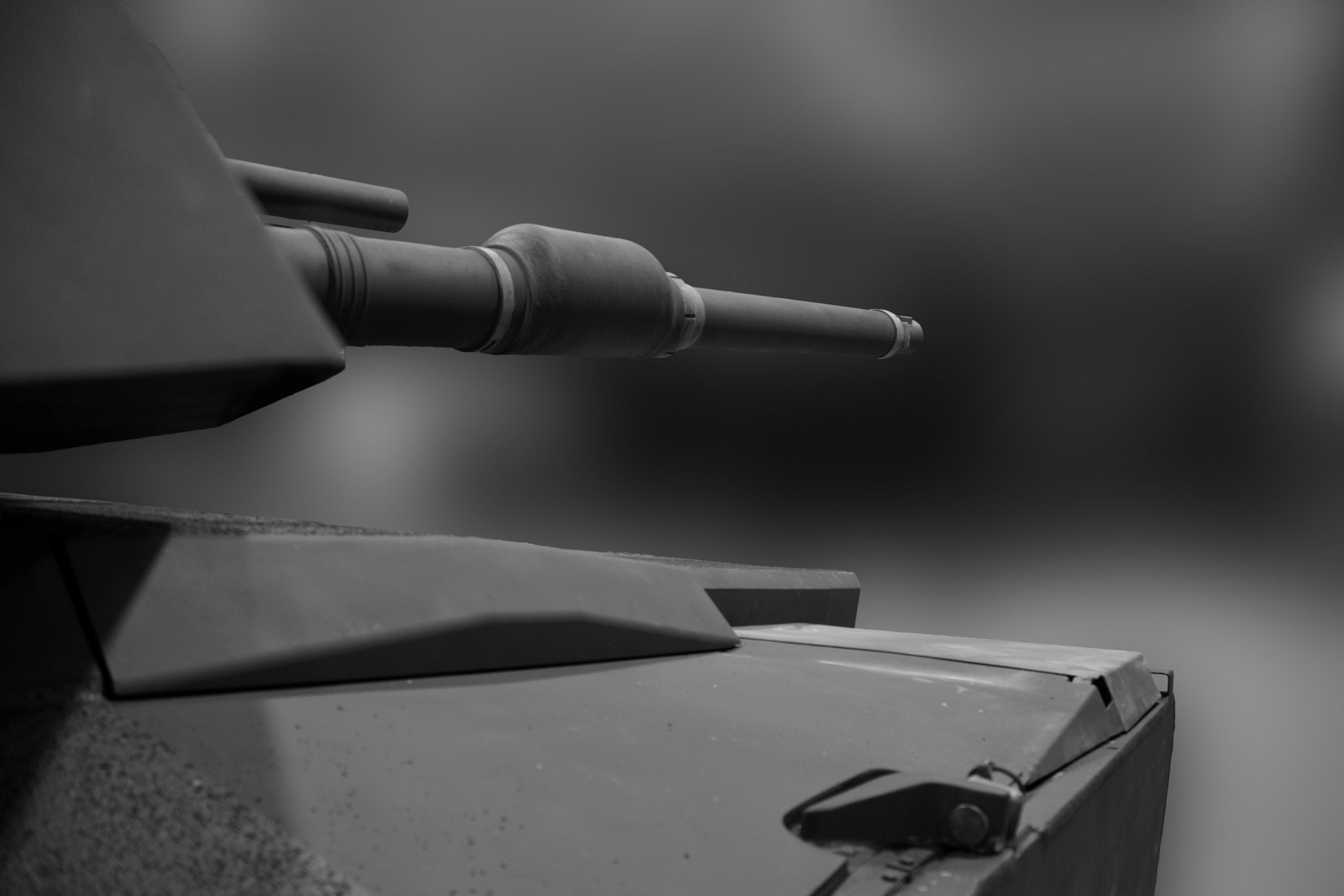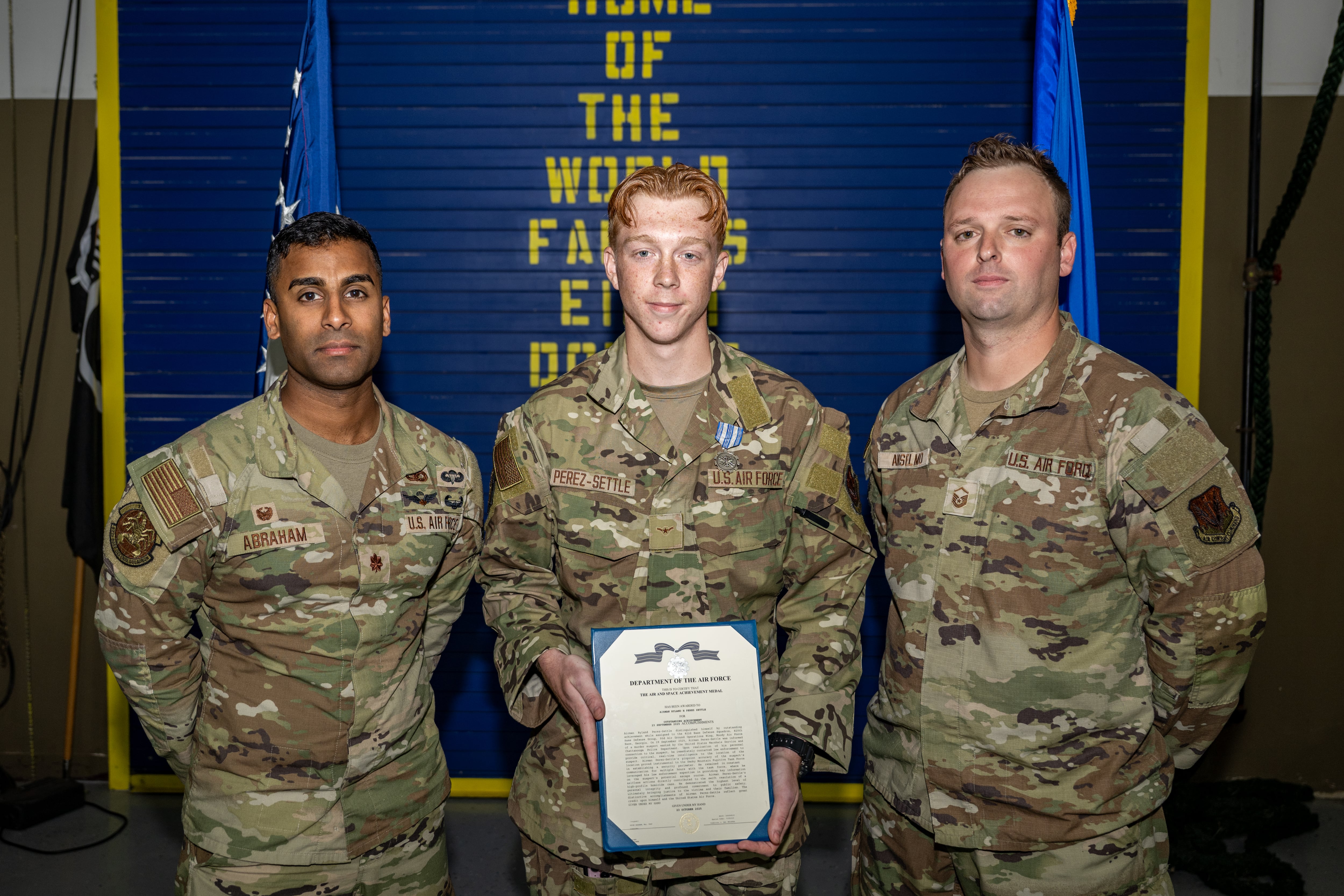This week's unprecedented cruise missile attacks targeting U.S. warships off Yemen reveal a growing threat to the American military's ability to project power along foreign coastlines.
These two incidents — the first occurring Sunday and the other Wednesday — were the first known instances of a U.S. Navy ship engaging its Standard Missile-2 air defense system outside of training situations. The SM-2 system uses outgoing missiles to force incoming missiles off course and into the water.
Indeed, proliferation of comparatively inexpensive anti-ship weapons among shadowy armed groups, like those operating in war-torn Yemen, will pose significant challenges for U.S. military commanders. Not only are these weapons accurate, putting American lives at risk, defending against them is costly.
"This is what the Navy has been talking about for years. The anti-access and area-denial capabilities are developing rapidly, and the barriers to acquiring them are lower and lower, so you're going to see more and more of this falling into the hands of non-state actors," said Peter Haynes, a retired Navy officer who is now a defense expert with the Center for Strategic and Budgetary Assessments in Washington.
The latest attack in the Red Sea happened Wednesday around 6 p.m. local time, when a single cruise missile targeted a flotilla of American warships that included the destroyer Mason as well as the amphibious transport docks
San Antonio and Ponce
.
Hundreds of American personnel are aboard those ships.
The missiles were launched from an area in Yemen controlled by Houthi rebels, a Shiite group backed by Iran. Sunday's foiled attack targeted the same ships.
"The ship employed defensive countermeasures, and the missile did not reach USS Mason. There was no damage to the ship or its crew," Pentagon spokesman Peter Cook said Wednesday, noting that
a retaliatory strike may be imminent.
"USS Mason will continue its operations. Those who threaten our forces should know that U.S. commanders retain the right to defend their ships, and we will respond to this threat at the appropriate time and in the appropriate manner."
The missiles were fired from the city of Al Hudaydah, along Yemen's west coast.
U.S. surveillance systems can pinpoint the location, but precisely who fired them remains unclear. However, there is deep suspicion that the Houthis are receiving direct support from Iran.
U.S. defense officials believe the missile was a C-802
anti-ship cruise missile, originally made by China but widely replicated. The missile has been a part of the Iranian military's arsenal for decades.
It's unclear if the incoming missiles struck the water on their own accord, or if they were on a path to strike the ship but knocked off course by the Mason's anti-missile interceptors. U.S. officials have declined to address that question.
Such incidents are exceedingly rare. The last known missile attack on an American military vessel occurred 25 years ago.
Short list of missile attacks on @USNavy ships:These attacks come as the U.S. military is supporting a Saudi-led effort to support Sunni Arab rebels in Yemen's civil war. The U.S. has provided aerial refueling and intelligence support to help the Saudis identify targets among the Houthi rebels.
1987: Iraq vs Stark
1988: Iran vs Wainwright
1991: Iraq vs Missouri
2016: Houthis vs Mason
— Bradley Peniston (@navybook) October 12, 2016
That support has come under scrutiny in recent weeks as the Saudis have faced criticism for allegedly targeting civilians.
U.S. officials describe the Navy's operations off Yemen as "routine" and not part of the Saudi-led coalition targeting Houthis.
Adm. John Richardson, the chief of naval operations, said the ships will remain in the region.
"
These unjustified attacks are serious, but they will not deter us from our mission. We are trained and ready to defend ourselves, and to respond quickly and decisively," Richardson said in a statement released Wednesday afternoon. "The team in USS Mason demonstrated initiative and toughness as they defended themselves and others against these unfounded attacks over the weekend and again today. All Americans should be proud of them."
The tenuous situation facing U.S. sailors operating off Yemen's coast underscores concerns detailed in a reportreleased Wednesday from the Rand Corp. "Vulnerability," it says, "has crept back into the U.S. military vocabulary."
"Although U.S. forces are still far superior to the forces of any potential adversary, both U.S. forward-based and expeditionary forces are increasingly at risk. ... States that are otherwise militarily inferior to the United States will be better able to oppose U.S. force projection and significantly increase the risk to U.S. forces operating against them," the Rand report says.
It also notes that "earth-hugging cruise missiles can be quite accurate with increasingly available technology."
The use of sophisticated on-board missile defense systems like the SM-2 may not be a long-term solution to protecting U.S. military vessels these relatively inexpensive cruise missiles, observers say. As the Rand report notes, the price of firing the Navy’s defense systems is about 350 times an adversary’s cost to launch such an attack.
"We’re firing very expensive weapons at what is really an inexpensive weapons system," Haynes said. "That’s going to get pretty costly."
Andrew Tilghman is the executive editor for Military Times. He is a former Military Times Pentagon reporter and served as a Middle East correspondent for the Stars and Stripes. Before covering the military, he worked as a reporter for the Houston Chronicle in Texas, the Albany Times Union in New York and The Associated Press in Milwaukee.





